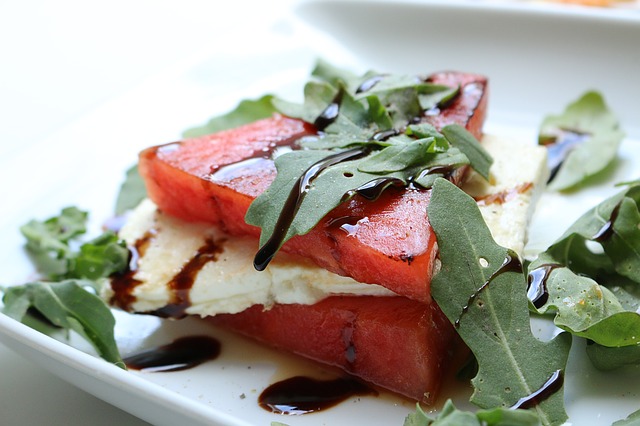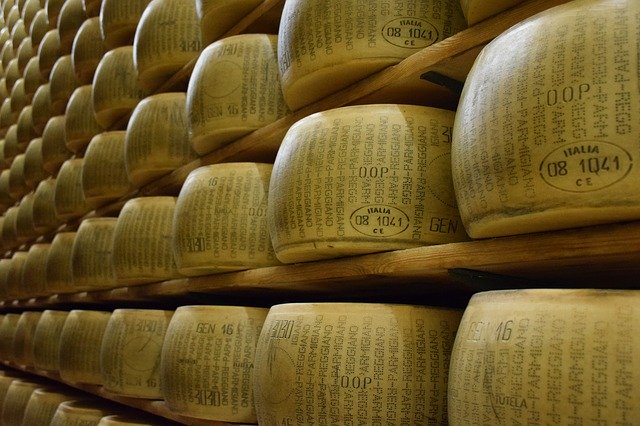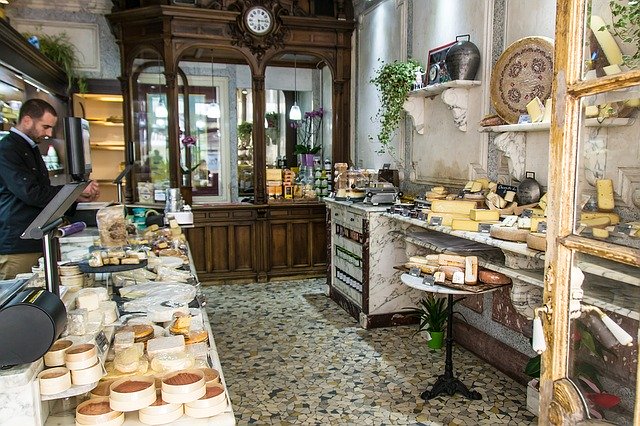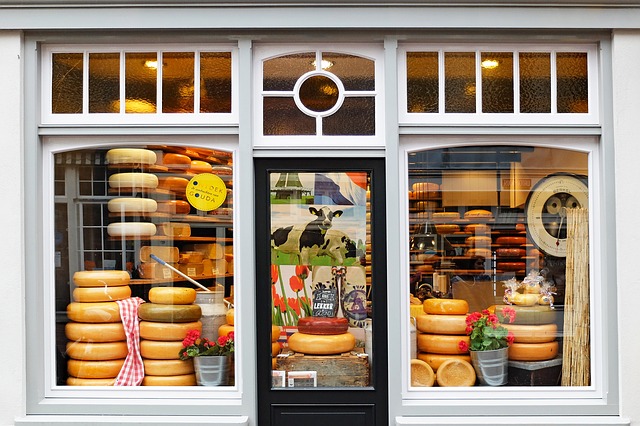The world is adjusting to a new normal of accepting a number of work and personal activities, (once an integral part of our lives) have come to a complete halt. For instance, dining out is just no longer an option for anyone. And you’ve either been employing a personal chef doing deliveries or you have taken the leap to become the master of your kitchen.
Cooking has become therapeutic, as I have ventured into a variety of untouched recipes to test my cooking skills and offer new dishes to my family. Without a doubt, the one item that finds its way into one or two meals daily is the undeniable delicious, addictive cheese. Suddenly with more free time, the opportunity allows me to slow down and savor the learning of proper varieties and nuances within the cheese family.
While writing this blog I surveyed a few of my gastronomical colleagues who are high on the chain of food snobs or it is their profession (i.e., a chef, or restaurant critic) as to their take on the business of cheese.
The one consistent theme is what is sold in the U.S. is nowhere close to the cheese sold in Europe. For Americans, who had gotten used to shredded or brick cheese, the introduction and explosion of restaurant gourmet mac and cheese, and artisanal food trucks quickly assisted in elevated American’s palette from the incredibly bland tasting factory processed cheese that had been incorporated into mainstream dishes.

Similar to tasting wine, tasting cheese incorporates most of your senses to develop your palate to distinguish what you do and don’t enjoy. The key is to taste cheese regularly, trying at least two different cheeses as the same time to create a comparison baseline while following this process:
1. Visually examine your cheese.
Determine what you prefer the hard rinds or smooth waxy exterior. Make note of the rind, and the texture and color of the inner cheese. Observe what appeals to you visually?
2. Touch
For both the rind and interior does it feel creamy or crumbly? The softer the cheese will be the clue to younger maturity and high moisture levels. Again, determine what appeals to you from a kinetic standpoint.
3. Smell
Your nose will ultimately facilitate the actual taste test. Smell enhances the tasting experience because it will recognize other elements (i.e., fruity, grassy, earthy, gamey, creamy, etc).
4. Taste
Immerse yourself within the cheese world by interviewing and asking advice with local cheese-mongers . Like wines, ask about pairings for both dishes and beverages, sample cheeses, pick their brains, and tap into their expertise.
Visit a future cheese festival, take a local class or treat yourself to a number of books at your favorite bookstore or Amazon, magazine publications or online sites on the subject of learning about cheeses. If you would rather order and have delivered to your home, there are a number of gourmet cheese online stores that are recommended by The Spruce Eats in the U.S. and across the globe

The most popular cheeses in the world according to Taste Atlas:
1 Mozzarella whose origin is Italy is a soft, silky, white, curd cheese with a mild, slightly salty flavor; it is served as a table cheese with vegetables or fruits and used in dishes such as the Caprese salad and, of course, pizza and other pasta dishes; and it is best paired with light, white wines.
2. Greek’s most popular cheese, Feta comes from sheep milk or a mixture of sheep and goat milk; the texture can be creamy, grainy or crumbly and possess an intense salty and tangy flavor; Feta is added to salads, sandwiches or garnishes meats and vegetables; a Pinot Grigio or even ales with a citrus flavor pairs well with this particular cheese.
3. Ricotta from Apulia, Italy, which is a soft cheese, made from sheep, cow, goat or Italian Water Buffalo milk; it is more of a curd than cheese, with a sweeter taste and can accompany other cheeses in a spread, however it is a common ingredient for pasta dishes such as lasagna or used in desserts; it pairs well with Reisling or other white wines.

5. England’s Cheddar Cheese has a hard texture with flavors ranging from mild to sharp depending on its age and that maturity will determine pairings of wine: sharp – Pinot Noir or Cabernet, milder – a Merlot or a fruity Chardonnay; cheddar is a great melting cheese and is used with macaroni and cheese and sandwiches that require a melting cheese.

5. Parmigiano Reggiano – a hard cheese with flavors ranging from nutty to pleasant spicy depending on maturity; it is the star in a variety of classic Italian dishes, a condiment for pasta, soups or an added accompaniment with a table spread of vegetables, fruit, and nuts; best paired with full-bodied red wines.
6. Gouda Holland –a semi-hard cheese hails produced into a flattened wheel shape from the Netherlands and possesses a sweet fruity taste and typically used for sandwiches or eaten as a snack; it can be paired with white wines or brown ales.
7. Meaux, France’s Brie de Meaux a soft cheese covered with a rind in a white mold; its flavors described as moldy, mushroomy, nutty and fruity; suggested pairing with Champagne or full-bodied wines; served with jams and bread.
8. Gorgonzola is a type of Italian blue cheese distinguished by green or blue marbling developed by mold; Two types are aged: a more soft creamy mild flavor and a more firm, crumbly pungent cheese; either will be used in dishes such as risottos, sauces, salads, or as a cheese board appetizer with fresh fruits, vegetables and nuts.
9. Frances Camembert de Normandie’ has a soft, cream body with a white, moldy rind for an exterior; the flavor is pungent and earthy (think mushrooms); suggested to be eaten with sliced apples, crusty baguettes, hard ciders or some desserts.
10. Marscopone – A cheese from Italy known for its’ very high-fat content; a smooth, creamy or buttery texture; it is the essential ingredient in desserts such as cheesecake and tiramisu.


There are a number of regional artisan creameries that produce delectable, organic cheeses carving out a high-end niche to compete with cheese producers globally.
Speaking from personal experience, I would be remiss in not giving a plug to a Michigan Deli who expanded in opening a cheese creamery, which I have supported since college. Without a doubt, Zingermann’s Creamery in Ann Arbor is one of the best in the country in producing its award-winning cream cheese, burrata cheese (mozzarella), and Liptauer Cheese (Hungarian spread) to name a few, all made in-house. -AJ

Any suggested creameries for outstanding cheeses that our readers’ should try? Share your thoughts in the comment section below or on Twitter.
A huge thank you to the resources below and within the blog that were helpful in supporting content:
The Spruce Eats – 10 Great Online Gourmet Cheese Shops
Hat Tip to the following photographers:
Gerhard Bögner – Cheese Shop in Paris, France
Djedj – Netherland’s Gouda Cheese Shop
Morana T – Parmigiano Reggiano
Kytrangho – Switzerland gruyere factory
Ina Burkardt – Feta Watermelon Display
Flomo001 – muffin with goat cheese and orange caviar
Nilli1000 – pizza oven
Amirali mirhashemia – Cheese burger
SHARE POST
Customer Favorites


























